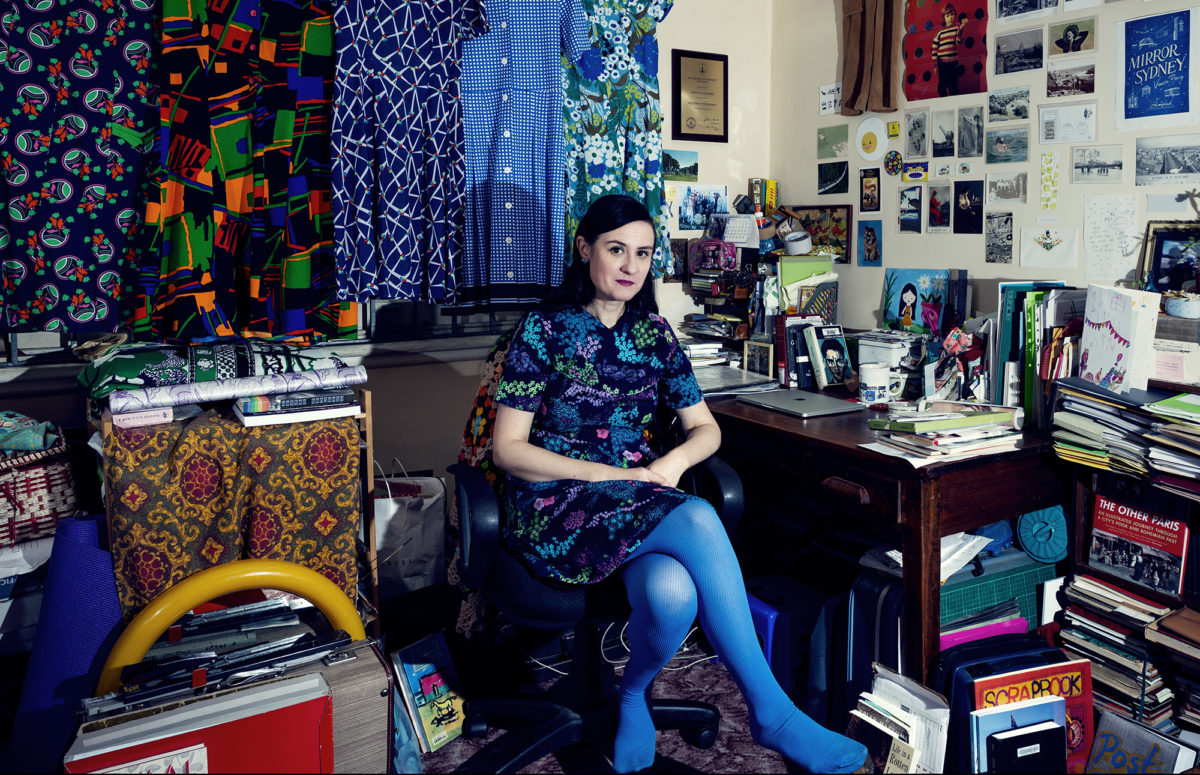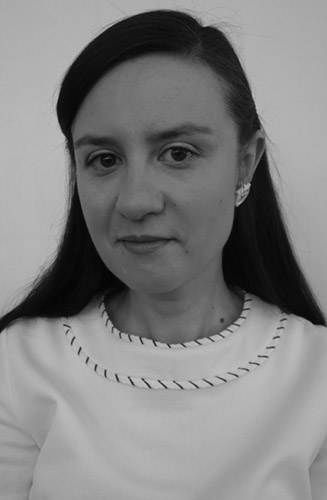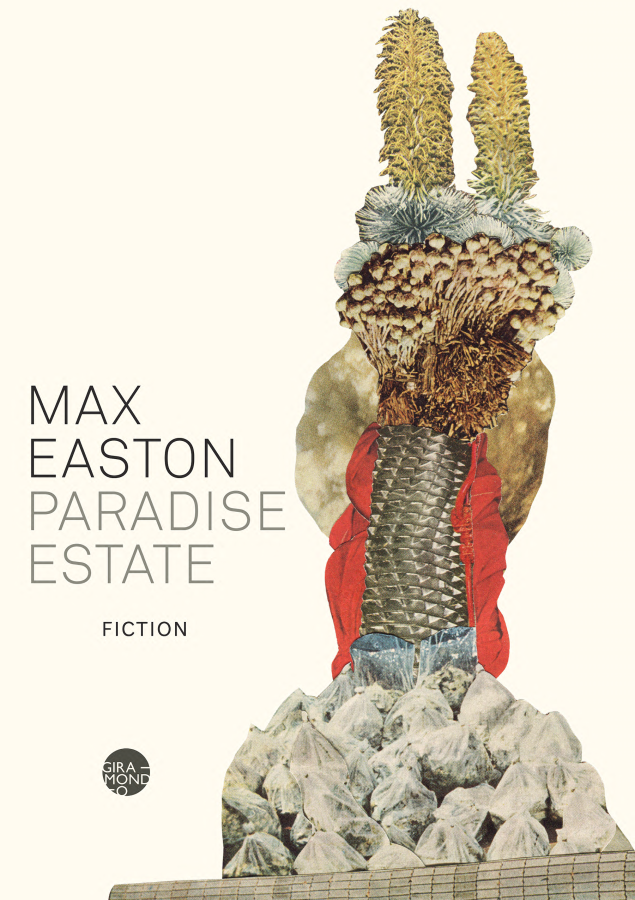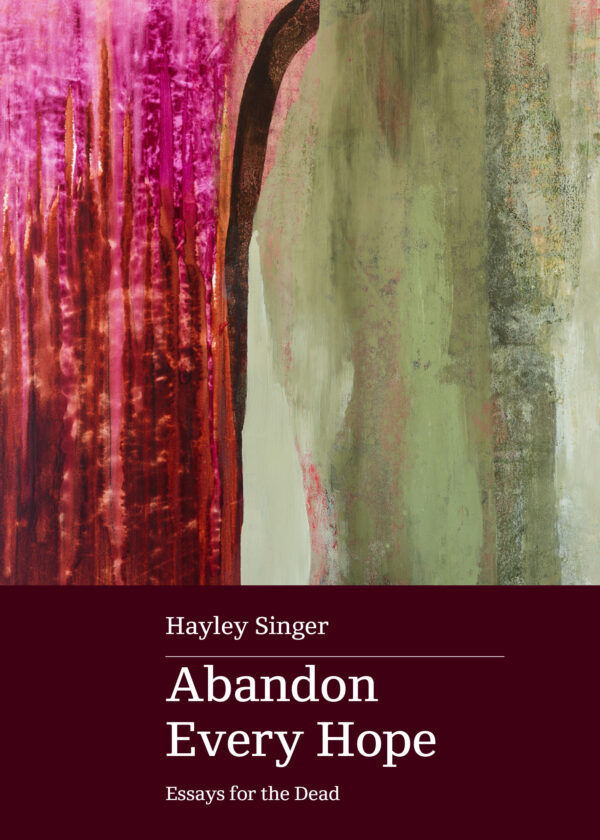
In the evening when I go walking I can see into the rooms of the houses I pass by. At this time of day the lights are on inside but people have not yet drawn the curtains, providing a view to the rooms within. Sometimes I will see a person sitting hunched over a laptop, but often there is no one and my eyes are free to roam over the details of the interior. The sofas, bookcases and dining tables have the expectant mood of stage sets. Some rooms have a lived-in appearance of disarray, but others are forbiddingly spare and tidy, grey and minimalist.
Give me such a room to write in. Within a week the table will be covered in papers, there will be pictures and notes stuck to the walls, there will be clutter. For I cannot write from anywhere that does not have a measure of disorder about it.
In my own room, my desk is a solid wooden table positioned in a corner, its surface barely visible underneath the sprawl that covers it. Piles of books and papers mound up on the floor around it and threaten to cascade over onto the adjacent bookcases. As is my habit there is an array of pictures blu-tacked onto the wall above the desk. These are postcards and found photographs and other scraps, such as a swatch of a shade of grey paint called ‘Secret Passage’ and a slip of paper with the saying patience brings roses typewritten on it. There is also an envelope commemorating the issue of a French postage stamp featuring Georges Perec. At the corner of the envelope, from inside the crimped borders of the stamp, he keeps watch over me as I sit at the desk.
Perec also preferred his desk to be cluttered ‘almost to excess’. In the essay Notes on the Objects to Be Found on My Desk he examines and categorises the objects which surround him as he writes, observing how they move and accumulate as his work progresses. He lists them and they appear in my mind’s eye as if conjured by a snap of the fingers – ashtrays, a bud-vase, a glass full of pencils – some relating directly to the act of writing and others ancillary or talismanic. He notes that this is a sketch towards a proposed larger work, a history of some of these desk objects. They have the power to reveal how the experience of the world arises in ordinary spaces and moments, and how life and the writing of it fit together.
Every day I sit at my desk and look up at the arrangement of pictures on the wall above me. As I work my eyes go up to them persistently, and indeed have done so numerous times as I deliberate over how to describe them most accurately. Found objects, reminders, companions. My attention now lingers over the image of a turtle in a postcard reproduction of a Japanese woodcut. The turtle is suspended by a thin rope, dangling at a window, facing the view of Mount Fuji behind the river in the midground. Sometimes I feel like the turtle. I long to enter the river, but the mountain is the story I must write.
The pictures affixed to the wall are the most ordered part of my writing environment. The desk surface below is an eruption of books, papers, and objects, with a small clear section front and centre at which I sit like a pipe organist, in the thrall of a complex instrument. The collection forms a sympathetic topography, a nest of serendipitous information, in which my own notes are interleaved with items of printed ephemera I’ve been sent or have bought from secondhand stores. Some directly relate to the work I am doing but others – a souvenir envelope from a dinosaur theme park, and a recipe card picturing a baked catfish on a plate with its mouth open as if about to speak of its woes, to note those which are currently visible – are simply there because I like having them nearby.
In the process of writing, clutter accumulates. A writer’s clutter can be physical, like the bundles of papers, notes, and books on my desk. It can be processual: the swarm of edits on the marked-up page of a draft, or the ‘offcuts’ file of this essay which is longer than the essay itself. It can be digital – a cluttered computer desktop, hundreds of browser bookmarks, accumulations of draft files – or mental, in the psychic turbulence of the process, in the ideas never followed through, in digressions and tangents and distractions.
Clutter can also be thought of as a condition of life. Even the most ordered thinker engages with the complexity of life, and the systems which shape it, when turning to writing. In the work of filtering an immensity of information a writer can only ever create a provisional order with their words. As I sit shuffling the sentences on the page or screen in front of me, it can feel like an act of rearrangement, of structuring an unruly mess.
Spending my working days amid swathes of things that some people would readily sweep into a bin often gives me cause for such reflections. Though I regularly tidy it, the desk and its objects are subject to an entropic force that seems to operate independent of my efforts. This is not something I resent, for my whole life I have tended towards mess. Like the character of Pigpen from Peanuts with his perpetual cloud of dust, objects orbit me. In contrast to the prevailing beliefs about clutter and its stifling effect, this has always been the environment I find most conducive to writing, thinking, and living. At my desk, surrounded by its objects, I can slip into a feeling that I am a thing amid other things, a vessel inside which words gather and disperse.
I am a resolutely analogue writer, and there is nothing I have written that did not begin as a scribbled note on a scrap of paper. Anne Carson describes how there is something ‘magically convincing’ about the slip of paper which captures the first scrawlings of an idea. Usually for Carson this is the coffee-stained back of an envelope. She continues: ‘The same words typed on a nice clean piece of paper wouldn’t have whatever it is – fidelity, to your original thought.’ For me, this fidelity comes from the particular physical connection of writing by hand. Rather than the rattle of my fingers on the keyboard keeping pace with my thoughts, when I write by hand, I feel thought and word shaping each other carefully.
My equivalents of Carson’s envelope are the backs of receipts, paper doilies from under the slices of toast from the Ching Yip Coffee Lounge, pages from the small spiral-bound notebook I keep in the car into which I scribble ideas at the traffic lights, or sometimes the piece of office paper that I keep wedged under the pile of books on the righthand side of my desk – which is ostensibly my to-do list but doubles as a net for stray thoughts. Such scraps are the forest floor of a system of papers, notebooks, and journals that sustain my writing life. The roots of this system are the journals I have kept for as long as I’ve been a writer, into which I enter the day’s presiding details. Then there are exercise books for notes. Spiral bound notebooks for plans. Then the many little scraps of paper, odd-shaped, tea-stained, scribbled-on, that drift across the surface of my desk like thoughts drift through my head.
Perhaps, early on, I supposed I might one day change my ways, begin working neatly, avoid the lure of paper ephemera. But my affinity to mess and clutter runs deeper than an aversion to tidying or conventional systematising or an aesthetic preference. I cannot separate it from the kind of writer that I am.
For all the commonalities within the work of writing, a writer is not a readymade identity, and there are as many ways of being one as there are forms and styles and voices. Some develop their identity quickly, when there is a situation or idea of such urgency that writing must happen rapidly. For others it is a slower, more deliberate process. For me, whose apprenticeship in writing occurred within the community of zines and underground publishing, before the era of the participatory Web, my development was something of both. I wrote abundantly, energised by a subculture in which writing felt like a direct communication – of moments, of details, of heart – for readers whose lives hovered close to mine. That so much of my writing attained a physical form, printed in limited, photocopied editions, put it in sympathy with the kind of paper ephemera I was given to collecting. I drew strength from writing at the margins, outside of the restrictions of traditional publishing structures, where no feeling or experience was too minor, and no information too obscure, to be of significance or interest.
Around the time I began to take writing seriously I was devoting a similar amount of energy to op-shopping. This was at a time when vintage was still a category for wine rather than clothing, and when the bright 1970s polyester dresses I liked to wear were regarded as an expression of oddity rather than style. Then, as now, op shops were stocked with objects discarded but salvaged, caught between uses, the overflow of a consumer society in which the self can be endlessly remodelled through things. Then, as now, I felt drawn to placing myself among these discards, to search and to salvage. Writing and op-shopping became intertwined activities. I’d sit on a train, travelling through the Sydney suburbs, going as far and visiting as many op shops as it took to unlock my thoughts. Sifting through the objects for ones of interest or resonance was akin to my method of writing. That is, to find within the ordinary matter of life, the details, moments or objects that can speak of deeper things.
To go op-shopping is to surrender to chance, for it is impossible to know exactly what one might find. It was this, underlying the pleasures of searching through the miscellaneous objects, that energised my writing. Along with complexity, chance is also a condition of life. Like fortune, or luck, chance is a way to conceive of forces outside of individual control that shape life in major and minor ways. I still sometimes feel the same existential shiver that would creep over me as a child, when I thought of how readily I might never have existed, if the set of historical and personal circumstances that brought me into being had been even slightly different. Eerie when it comes, always unbidden, is this flash of what it would be like to see back through time with as much clarity as being in present moment.
When I read the Jorge Luis Borges story ‘Funes the Memorious’ early in my life as a writer, it gave me a sense of what this ability could be like. In the story, after a horse-riding accident, Ireneo Funes developed a perfect, meticulous memory. It was of such power that he could access the entirety of his past experiences with infallible accuracy, and then beyond, seeing into the memories of the things around him. The narrator of the story visits Funes and they spend all night in conversation. He describes Funes’s remarkable perception thus: ‘We, in a glance, perceive three wine glasses on the table; Funes saw all the shoots, clusters, and grapes of the vine.’ This is as much a curse as a gift. When dawn is nearing Funes declares: ‘My memory, sir, is like a garbage heap.’
Funes’s moods come over me sometimes. The objects surrounding me can be of the grape vine, branching out into tendrils of remembrances and associations. Other times they are of the garbage heap, a glut of stuff amid which I labour. During the times in which I am frustrated with the profusion of things around me, when I stub my toe yet again or some vital slip of paper has disappeared, I turn my thoughts to the presiding, pathological interpretation of clutter that has infiltrated contemporary consciousness: a symptom of malaise, a sign of mental and emotional disarray.
When I identify myself as someone with ‘a lot of things’, creating and attracting mess and clutter, I can be readily positioned in this pathological spectrum of object relations. Perhaps, in reading this essay, you have located yourself in this spectrum too, and feel an affinity or an opposition to my way of life and working. The restraint of the minimalist grates against the expansive desire of those who favour abundance and the value judgements associated with these identities are powerful social constructs. In examining the figure of the hoarder, Scott Herring uses the term ‘material deviance’ to describe practices of accumulation that challenge what is perceived as a healthy relationship to objects. By considering deviance we can reflect on this relationship, and what counts as a socially acceptable material life.
The room in which I write pushes at the bounds of acceptability. There’s the desk mess, and the piles of books and papers on the floor that often leave only a thin path that cuts across between the door and the desk. I stand back in the doorway, considering the scene, trying to see the room objectively. It doesn’t look like the elegant or cosy Writer’s Rooms that were featured in the series in The Guardian in the late-2000s (except perhaps, that of Russell Hoban, which he describes as dangerous, ‘composed of tottering stacks and shaky heaps’). Over the window the broken blind is tied up with a ribbon. The ceiling trails cobwebs that, before the last rental property inspection, I was cautioned to regularly remove.
There is a one-metre-tall, silver-glitter-covered polystyrene teddy bear on top of one of the bookcases, above a shelf of 1960s biscuit tins, in which I store decades of previous rounds of the pictures I’ve had stuck to the wall above my desk. Below this are the stacks of my journals, the years written onto the spines, arranged in a haphazard order, 2006/2017/1999/2011/2004, and so on down the pile. I often go into them to search for a day or a moment, a process which feels similar to searching through the papers on my desk, or rummaging through objects in an op shop, except this time, the material is my own memory. Every search I make within them, sitting cross-legged on the floor in front of the bookcase, turning through the handwritten pages, I feel the forces of clutter and chance working upon me, pulling me through the thicket of my life story.
So I write in praise of clutter, mess and chance, three defining characteristics of my writing life. The objects that surround me are companions, are an archive, are a manifestation of my way of being and thinking. For I understand my task as a writer to be attentive to life in all of its expressions, material and otherwise, and to find within this the stories I have the potential to tell.
At my desk, sitting amid the ramparts of papers and books, I turn to the window and look outside. The light is fading from the sky; it’s time to go out walking. I push the chair back from the desk, extricating myself from its nest of papers. I put on the coat, green with deep pockets, that hangs on the doorframe, pick up my keys, and set out. The air on this spring night is surprisingly clear and gentle. Birds shrill and streak across the sky. I stand at the gate, deciding which way to turn.
I choose the laneway which runs beside the house, a short, narrow thoroughfare connecting two parallel streets. During the day I look out towards it from where I sit at my desk. Through the gaps in the wooden fence-palings I glimpse the people passing by on their way to the park at the end of the street. Now it is me walking here and I look back over the fence, towards the side of the house. In my rush to leave I must have forgotten to flick the switch. For the window reveals a room in which the light is on but the blinds are not drawn. Inside it there is a view of shelves overcrowded with books and accumulations of decorative objects. In the corner is a desk piled with papers. A chair is pushed back from it, leaving a gap amid the clutter, a space waiting for me to return.


We are grateful to the City of Sydney for funding to commission and publish this essay.
Works Cited
Jorge Luis Borges, Ficciones, translated by Anthony Kerrigan et al. (New York: Grove Press, 1962)
Anne Carson, ‘Magical thinking.’ Interview with Emma Brookes, The Guardian, 2006.
Scott Herring, The Hoarders : Material Deviance in Modern American Culture. (Chicago: University of Chicago Press, 2014.)
Georges Perec, Thoughts of Sorts, translated by David Bellos, (Boston: Verba Mundi, 2009).


